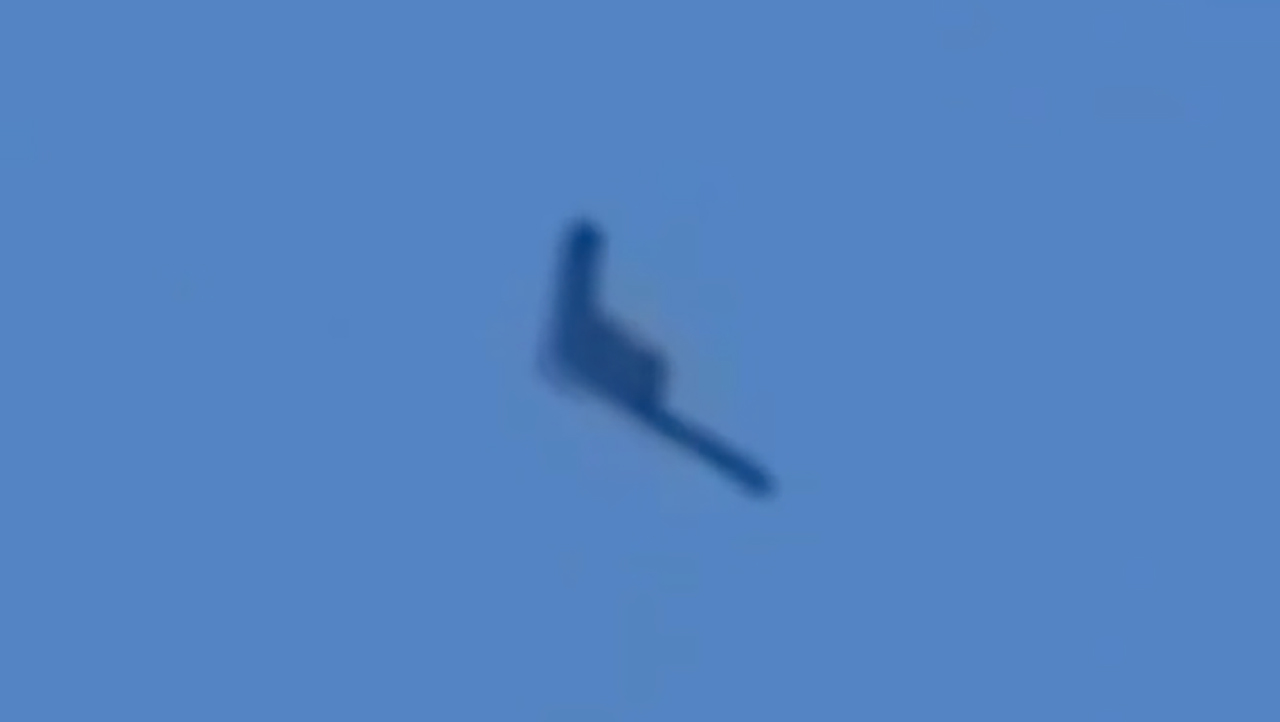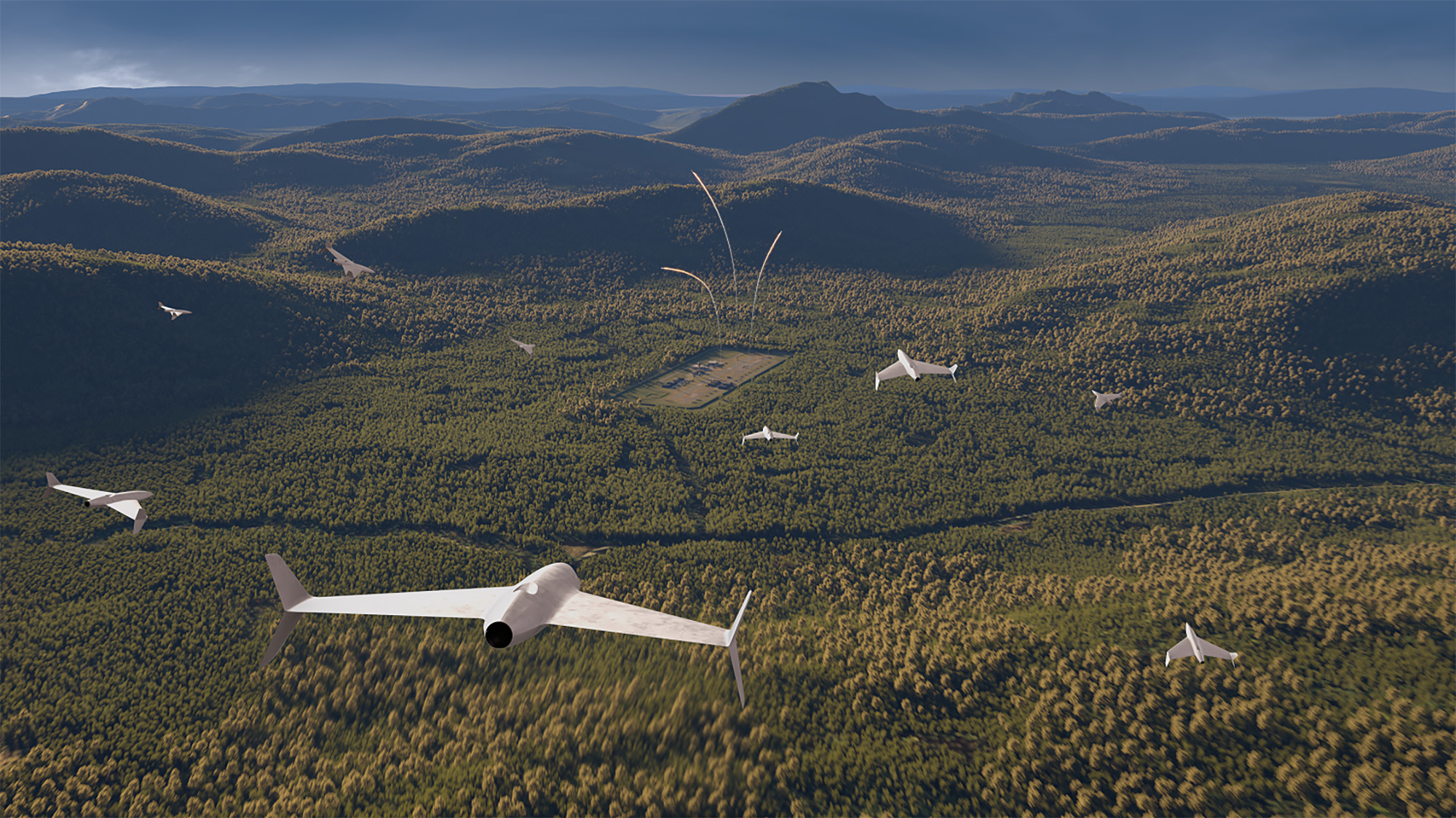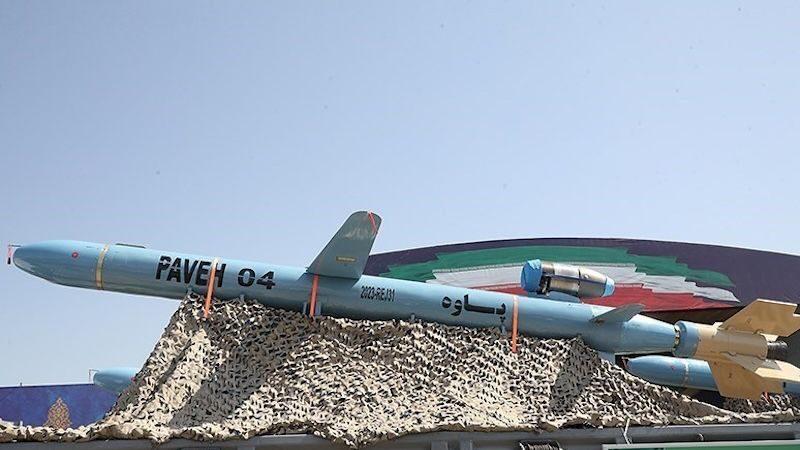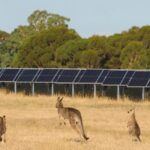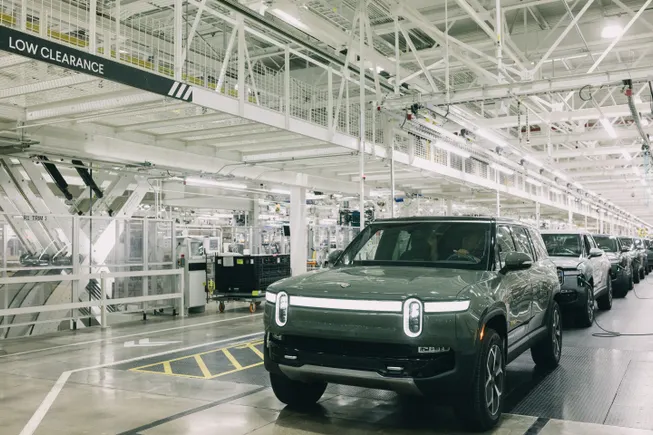The MW exams are renowned for their intensity, and this year’s papers are no exception. Candidates tackled everything from climate-resilient rootstocks to cancer warnings on wine labels.

The Institute of Masters of Wine has published the full list of wines and theory questions from the 2025 MW examinations, offering a glimpse into the rigours faced by candidates pursuing one of the wine world’s most prestigious qualifications. The Stage One Assessment was held on 2 June, with Stage Two exam taking place between 3 and 6 June. The exams are currently being marked, with results expected in September.
Wines for Stage One Assessment (S1A) 2025
1. Domaine de Chevalière Blanc Pessac Leognan 202. Bordeaux, France (10.5%)
2. Barefoot Buttery Chardonnay, NV. USA. (13.5%)
3. Shaw and Smith M3 Chardonnay, 2022. Adelaide Hills, Australia. (13%)
4. Corte Sant’Alda Valpolicella Amarone, 2016. Veneto, Italy. (15.5%)
5. Allegrini Valpolicella, 2022. Veneto, Italy. (13%)
6. Felton Road Bannockburn Pinot Noir, 2022. Central Otago, New Zealand. (14%)
7. Maison Roisin Curley, Bourgogne Rouge, 2022. Burgundy, France. (13%)
8. Sandhi Santa Rita Hills, 2022. California, USA. (13%)
9. Disznókő Tokaji 5 Puttonyos, 2013. Tokaj, Hungary. (12%)
10. Henriques & Henriques Malvasia 10 years old, NV. Madeira, Portugal. (20%)
11. Klein Constantia, Vin de Constance, 2019. Constantia, South Africa. (14%)
12. Gonzalez Byass Leonor Palo Cortado, 12 years old. Jerez, Spain. (20%)
Theory questions for stage one assessment (S1A)
What effects do vineyard pests have on grape quality, and how do grape growers control them?
Outline the most important quality control checks during bottling and why each is necessary.
What are the advantages and disadvantages of private-label wines for wineries, distributors and retailers?
Wines for Master of Wine exam 2025 Practical Papers
Paper 1 wines:
1.Château de Fieuzal Blanc, 2021. Pessac-Léognan, France. (12.5%)
2. Sauvignon Semillon Circa 77, Xanadu, 2023. Margaret River, Australia.(13%)
3. Chablis 1er Cru Côte de Lechet, Domaine Defaix, 2010.Burgundy, France. (13%)
4. Chardonnay, Old Stage, 2019. Monterey, California, USA. (14%)
5. Chardonnay, Iona, 2022. Elgin Highlands, South Africa. (12.5%)
6. Chardonnay, Moss Wood, 2023. Margaret River, Australia. (14%)
7.Muscadet Sèvre-et-Maine Monnières Saint-Fiacre l’Ancestrale, Vignobles Günther-Chéreau, 2018. Loire, France. (12%)
8.Riesling Silberberg de Rorschwihr, Rolly Gassmann, 2021. Alsace, France. (13.5%)
9. Vouvray Côte de Bourg Demi-Sec, Domaine Huet, 2022.Loire, France. (13%)
10. Riesling Flussterrassen, Grans-Fassian, 2022. Mosel, Germany. (11.5%)
11.Rioja Blanco Gran Reserva, López de Haro, 2014.Rioja, Spain. (12.5%)
12.Vin Santo del Chianti Rufina, Selvapiana, 2015. Tuscany, Italy.(13%)
Paper 2 wines:
1. Chinon Les Barnabés, Olga Raffault, 2021. Loire Valley, France. (12.5%)
2. Cabernet Franc, El Enemigo, 2021. Mendoza, Argentina. (13.5%)
3. Toscana IGT “Aranum”, Tenuta di Arceno, 2018. Tuscany, Italy. (14.5%)
4. Gigondas, Chateau de Saint Cosme, 2022. Rhone Valley, France. (14.5%)
5. Crozes-Hermitage “Papillon”, Gilles Robin, 2023. Rhone Valley, France. (13%)
6. Cornas Granit 30, Vincent Paris, 2022. Rhone Valley, France. (13%)
7. Côtes du Rhône Réserve, Famille Perrin, 2022. Rhone Valley France. (14%)
8. Touriga Nacional, Quinta do Vallado, 2019. Douro, Portugal. (14%)
9. Zwiegelt, Bergh, 2021. Niederösterreich, Austria. (12.5%)
10. Barbera d’Alba Trevie, Vietti, 2022. Piedmont, Italy. (14.5%)
11. Beaujolais Villages “Le Perreon”, Domaine de la Madone, 2023. Beaujolais, France. (13%)
12. Xinomavro “Hedgehog”, Alpha Estate, 2022. Amyndeon, Greece. (14%)
Paper 3 wines:
1. Riesling Sekt Extra Dry, Dr. Loosen, NV. Mosel, Germany. (11.5%)
2. Riesling, Framingham, 2023. Marlborough, New Zealand. (12%)
3. Riesling Beerenauslese,Dr. Loosen, 2018. Mosel, Germany. (7.5%)
4.Cava Brut Reserva “Essential Púrpura, Juvé y Camps, 2021. Penedès, Spain. (12%)
5.La Bruja, Comando G, 2022. Valle del Tiétar, Sierra de Gredos ,Spain. (14%)
6. Oloroso VORS 30 Years, Bodegas Tradición, NV. Jerez, Spain. (20%)
7.Côte de Provence Cru Classé, Chateau Galoupet, 2023. Provence, France (14%)
8.Pinot Gris Spiegel Grand Cru, Schlumberger, 2022. Alsace, France. (13.5%)
9.Tokaj I Édes Szamorodni ,István Szepsy,2017.Tokaji, Hungary. (12%)
10. Sercial 10 Years Old, Henriques & Henriques ,NV. Madeira, Portugal (20%)
11. Fine Ruby Port, Cockburns, NV. Douro, Portugal. (19%)
12. 40 Year Tawny Port, Kopke, NV. Douro, Portugal. (20%)
Theory papers questions:
Paper 1 (viticulture)
Section A
How effectively can vineyard pests and diseases be controlled without using agrochemicals?
“Bacterial and phytoplasma diseases are the greatest threats to vine health today.” Discuss.
Section B
How can artificial intelligence (‘AI’) be used in viticulture to improve the quality of wine grapes?
To what extent does soil management affect the quality of wine grapes?
How do changing rainfall and wind patterns affect viticulture?
To what extent can rootstocks be used to mitigate the effects of climate change?
Paper 2 (vinification)
Section A
Critically assess the key techniques a winemaker can use to enhance complexity and texture in bottle-fermented sparkling wines.
Evaluate the different winemaking techniques that can enhance a wine’s potential for extended bottle ageing
Section B
Examine the roles of bacteria in winemaking. How can bacteria be managed to achieve desired outcomes?
Evaluate prevention and correction strategies for each of the following Issues:
a. 0.9g/L volatile acidity in a Chablis wine (pH3.2, 12.5% ABV) intended for lees ageing;
b.Strong reductive aromas post -malolactic fermentation in a premium Barossa Shiraz (pH 3.8, 15% ABV) destined for 24-month oak ageing;
c.180mg/L total sulphur dioxide in a Bordeaux blend (pH 3.6, 13.5% ABV) pre- bottling.
Considering a diversity of wine styles, critically evaluate the importance of blending to achieve consistency.
Assess how pH influences winemaking decisions at key stages from grape to finished wine
Paper 3 (handling of wine)
As a producer of a dry white wine that may age in bottle for up to five years, you are considering changing from natural cork stoppers to an alternative closure. What technical factors should you consider?
Write concise notes on three of the following:
A. Mousiness
B. Light strike in bottled wine
C. Elevated volatile acidity in bottled wine
D. Management of a tank of rosé with free sulphur dioxide well above its ideal level
What are the key factors to consider when deciding whether to cold stabilise white and red wines?
What quality control measures are required to test that wine is stable?
Why are fining agents used in winemaking? For each of the following wines, explain which factors might influence the choice of fining agent used:
Entry -level South African Chenin Blanc;
DOCG Barolo; and
Vegan AOC Côtes de Provence rosé
Paper 4 (The Business of wine)
Section A
How has Champagne maintained its primacy in the world of sparkling wine?
Do sustainability initiatives inevitably compromise profitability?
Section B
How can the wine industry best address the issues of overproduction and falling consumption?
To what extent can government wine monopolies benefit producers, retailers and consumers?
Wineries are increasingly selling direct to consumers. Evaluate the strengths and weaknesses of this approach compared to other routes to market.
Discuss the evolution of the négociant business format in Burgundy over the last 15 years, explaining the contributing factors. Are current conditions financially sustainable?
Paper 5 (contemporary issues)
Section A
What will be the likely impact on the global wine industry if health warnings about cancer risks become increasingly mandatory on wine labels? Discuss the implications of such changes for producers, marketers and consumers.
How is the global wine industry adapting to changing societal attitudes towards alcohol consumption, and how should it respond to the challenges and opportunities these changes present?
Section B
You are tasked with creating a wine blend that represents the essence of humanity’s wine culture. Which grapes or regions would you include, and which winemaking style and packaging would you use, and why?
Analyse the major ethical concerns in the production of wine.
To what extent does wine’s cultural heritage remain relevant to younger consumers around the globe?

 The Institute of Masters of Wine has published the full list of wines and theory questions from the 2025 MW examinations, offering a glimpse into the rigours faced by candidates pursuing one of the wine world’s most prestigious qualifications. The Stage One Assessment was held on 2 June, with Stage Two exam taking place between 3 and 6 June. The exams are currently being marked, with results expected in September.
The Institute of Masters of Wine has published the full list of wines and theory questions from the 2025 MW examinations, offering a glimpse into the rigours faced by candidates pursuing one of the wine world’s most prestigious qualifications. The Stage One Assessment was held on 2 June, with Stage Two exam taking place between 3 and 6 June. The exams are currently being marked, with results expected in September.












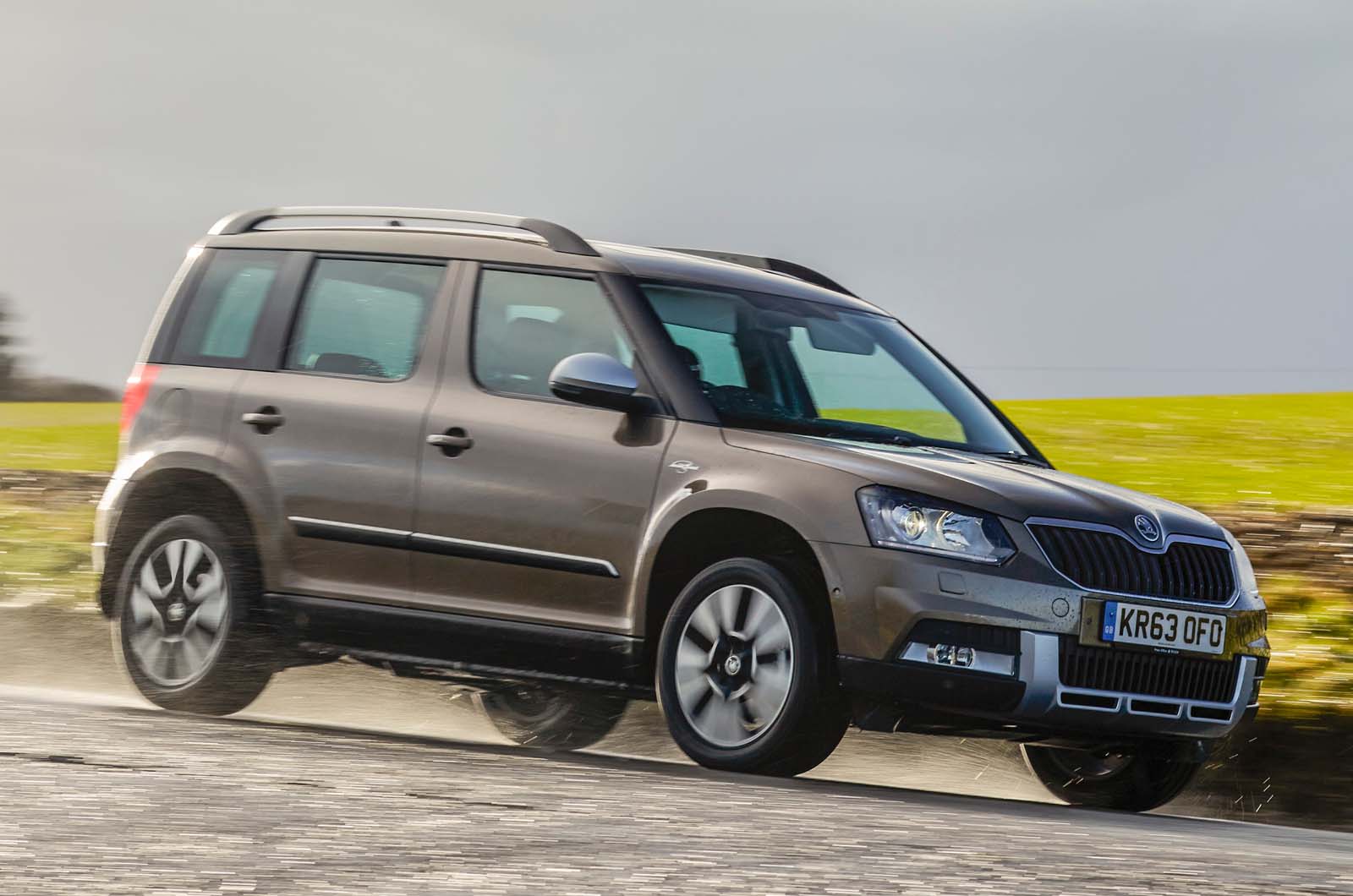
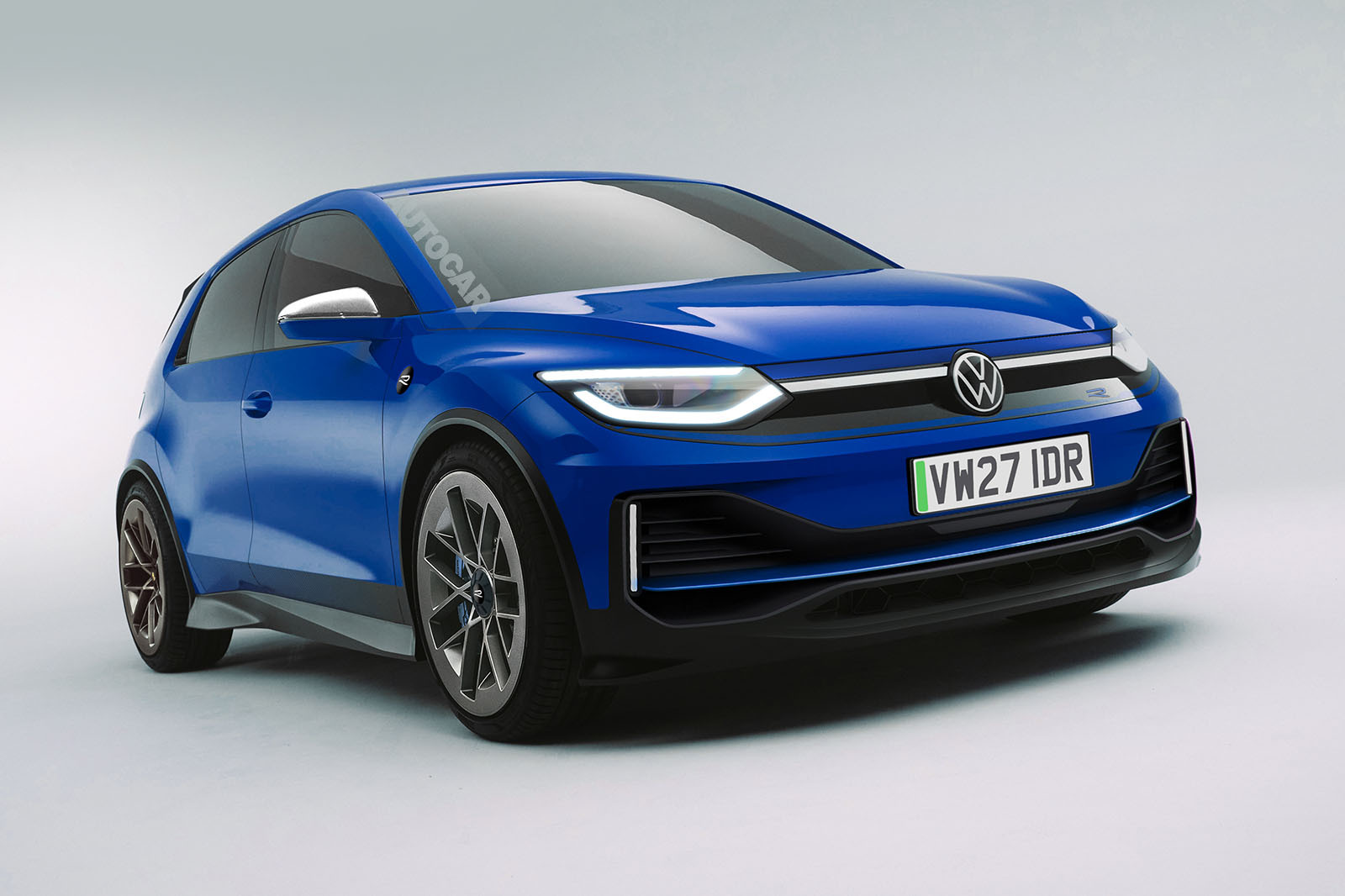
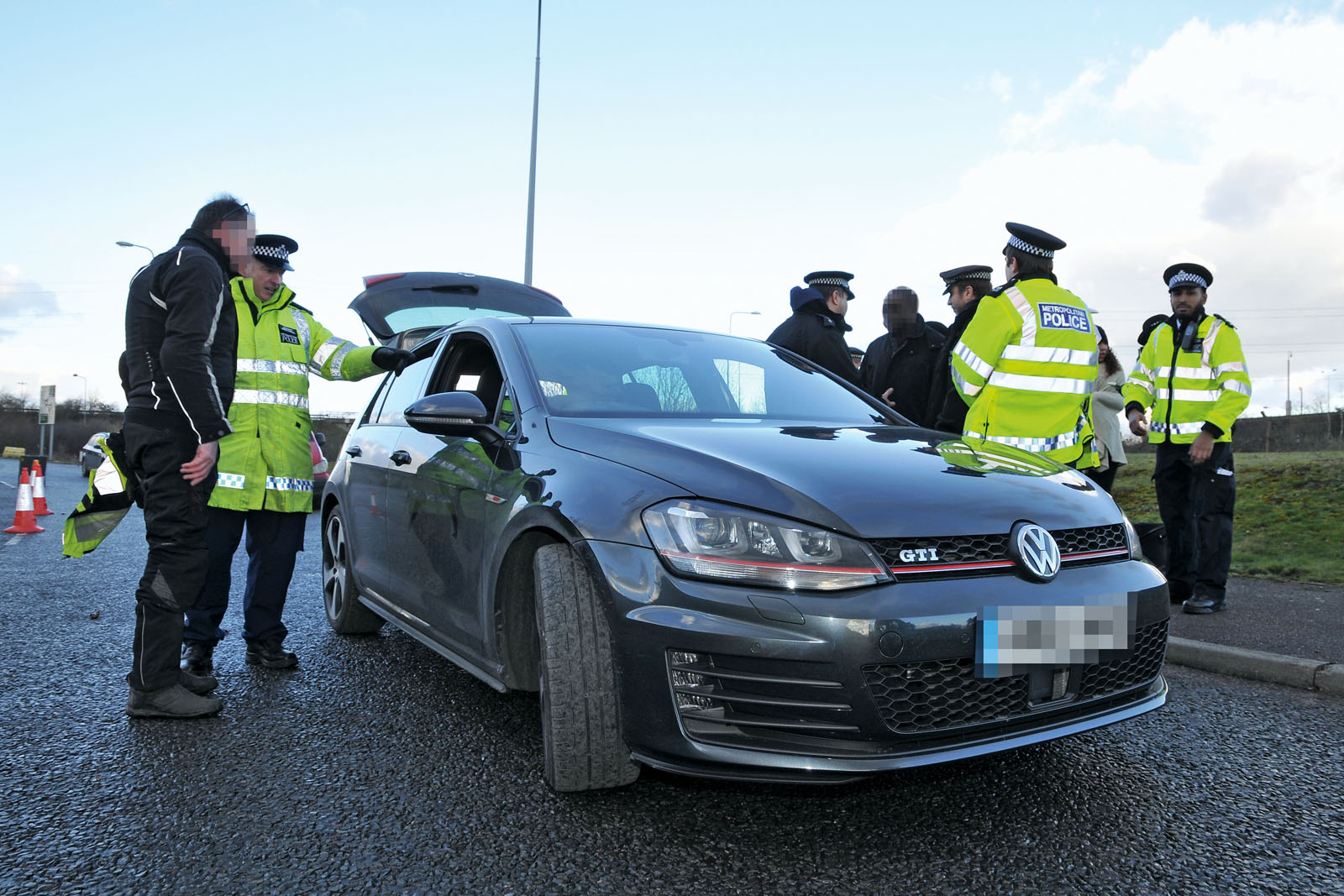
















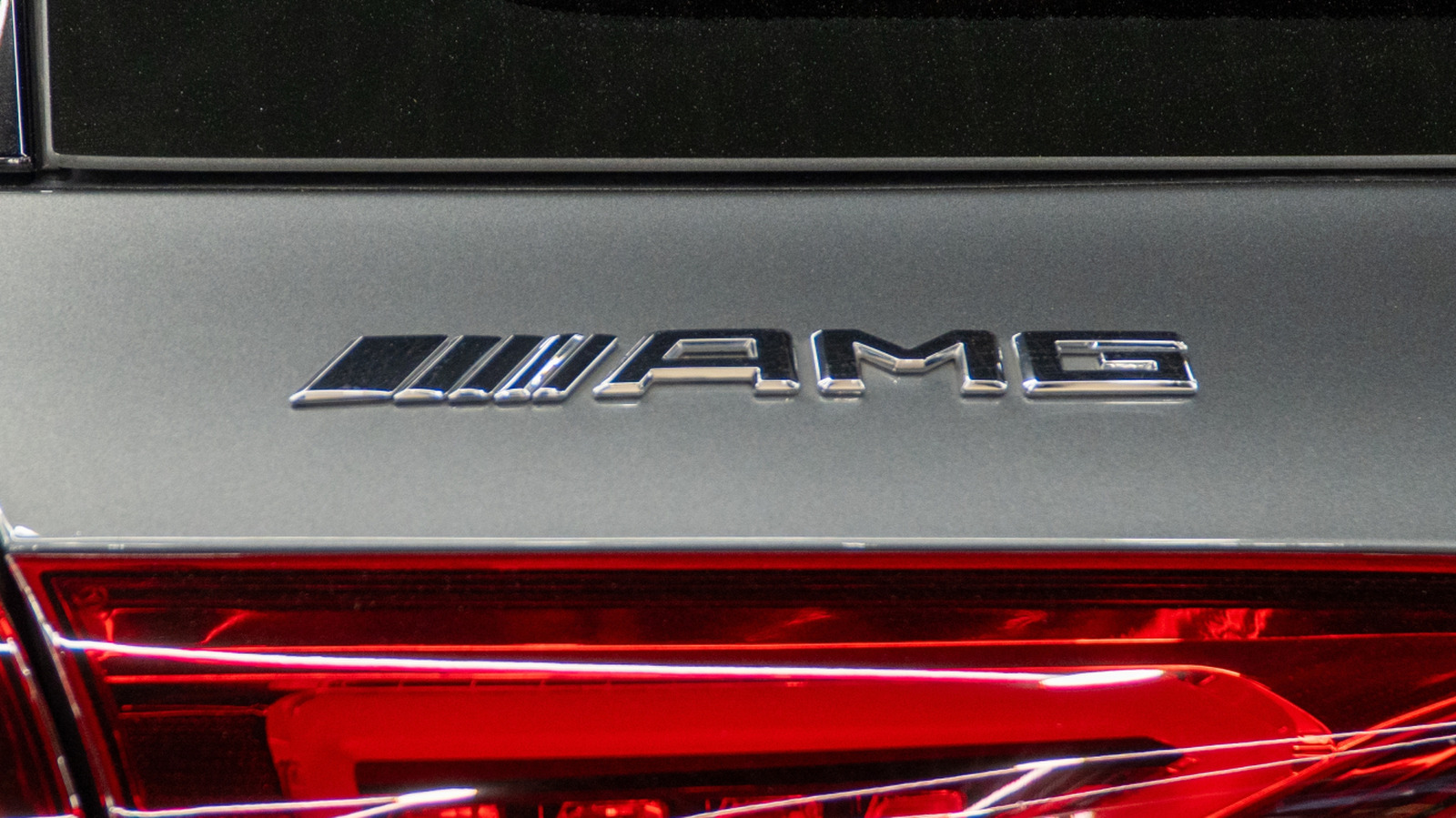





























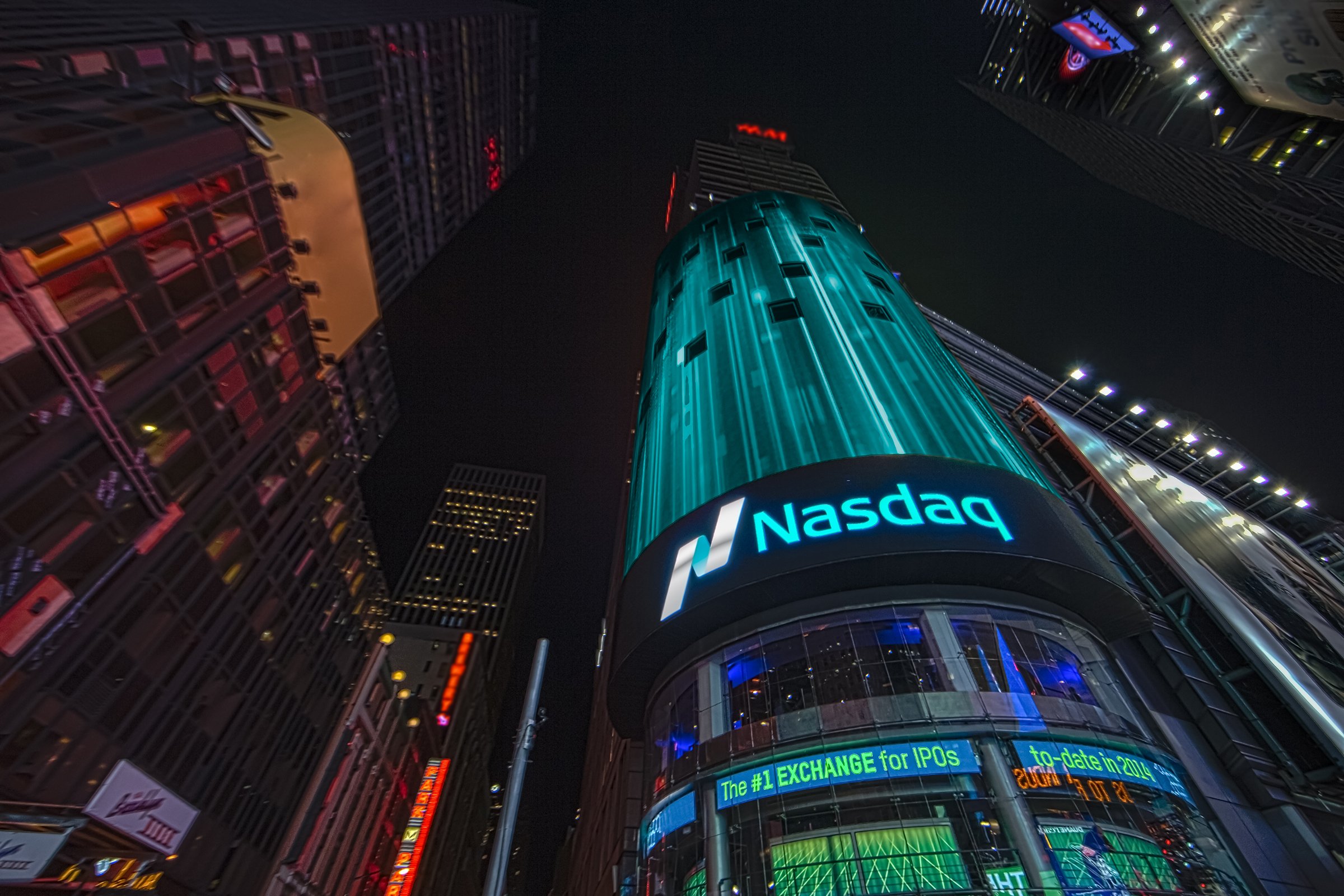

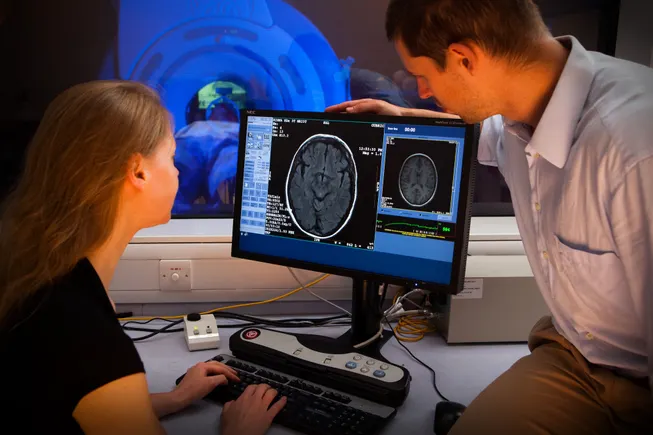
























![The American contingent and Turkey’s autonomy goals: Paris Air Show Day 3 [Video]](https://breakingdefense.com/wp-content/uploads/sites/3/2025/06/Wednesday-Wrap.00_00_32_21.Still001.png?#)
![A look at the jets flying high above the Paris Air Show [PHOTOS]](https://breakingdefense.com/wp-content/uploads/sites/3/2025/06/Rafale_02-scaled-e1750268097167.jpg?#)












